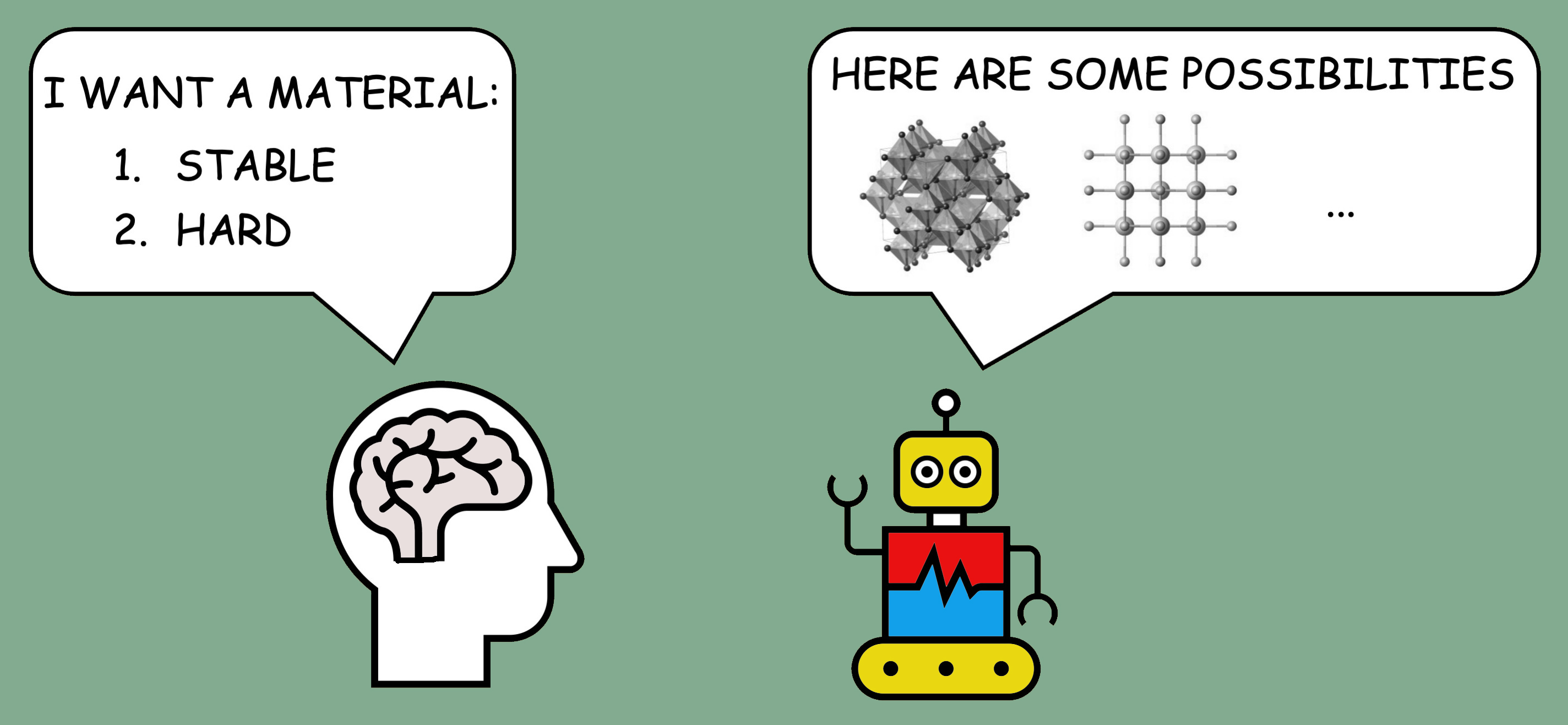Scientists Make Materials-Prospecting Breakthrough

SMART researchers' algorithm can identify materials according to their desired properties for specific applications
One of the biggest challenges in materials science has been how to create compounds with a specific set of characteristics and properties in order to suit a particular application or use case. The typical approach has been to screen materials via materials-property databases. But even with high-performance computing (HPC), the computational cost of the necessary calculations is high.
Now a team of scientists has come up with a more efficient method of 'materials-prospecting', which they call ‘general inverse design’. They have pioneered a new machine learning model able to design materials of various elements and structures from human-defined properties.
The algorithm developed by the researchers trains on more than 50,000 compounds in a materials database, then learns and generalises the complex relationships between chemistry, structure, and properties in order to predict novel compounds or materials that possess user-targeted characteristics. The algorithm predicts materials with target formation energies, bandgaps, and thermoelectric power factors, and validates these predictions with simulations through density functional theory, in turn demonstrating a reasonable degree of accuracy.
The researchers from the Low Energy Electronic Systems (LEES) Interdisciplinary Research Group (IRG) at Singapore-MIT Alliance for Research and Technology (SMART), MIT’s research enterprise in Singapore, together with collaborators at the Massachusetts Institute of Technology (MIT), National University of Singapore (NUS) and Nanyang Technological University (NTU), outlined the work in a paper titled, 'An invertible crystallographic representation for general inverse design of inorganic crystals with targeted properties' in the journal Matter.
Inverse design (allowing new materials and compounds to be ‘reverse-engineered’ by inputting a set of desired properties and using an optimisation algorithm to generate a predicted solution) is not new. It has has been of particular interest in the field of photonics as a way of circumventing challenges associated with designing increasingly smaller yet more powerful devices.
The breakthrough is in how the SMART researchers have taken the technology a step further in their discovery of a viable method of ‘general’ inverse design, in which inverse design capability is not limited to a particular set of elements or crystal structure, but is able to access a diversity of elements and crystal structures.
In the research, the team demonstrates a framework for general (both composition- and structure-varying) inverse design of inorganic crystals, called FTCP (Fourier-Transformed Crystal Properties), that allows for inverse design of crystals with user-specified properties through sampling, decoding and post-processing. Even more promisingly, the researchers show that FTCP is able to design new crystalline materials that are dissimilar from known structures – a significant development.
“This is an incredibly exciting development for the field of materials research. Materials science researchers now have an effective and comprehensive tool that allows them to discover and create new compounds and materials by simply inputting the desired characteristics,” said Tonio Buonassisi, Principal Investigator at LEES and Professor of Mechanical Engineering at MIT.
Added S. Isaac P. Tian, NUS graduate student and co-first author on the paper: “In the next step of this journey, an important milestone will be to refine the algorithm to be able to better predict stability and manufacturability. These are exciting challenges that the SMART team is currently working on with collaborators in Singapore and globally.”
Zekun Ren, lead author and postdoctoral associate at LEES said: “The aim of finding more effective and efficient ways to create materials or compounds with user-defined properties has long been the focus of materials science researchers. Our work demonstrates a viable solution that goes beyond specialised inverse design, allowing researchers to explore potential materials of varying composition and structure and thus enabling the creation of a much wider range of compounds. This is a pioneering example of successful general inverse design, and we hope to build on this success in further research efforts.”
The research is carried out by SMART and supported by the National Research Foundation (NRF) Singapore under its Campus for Research Excellence and Technological Enterprise (CREATE) programme.
'An invertible crystallographic representation for general inverse design of inorganic crystals with targeted properties' by Zekun Ren et al; Matter Volume 5, Issue 1, 5 January 2022


































